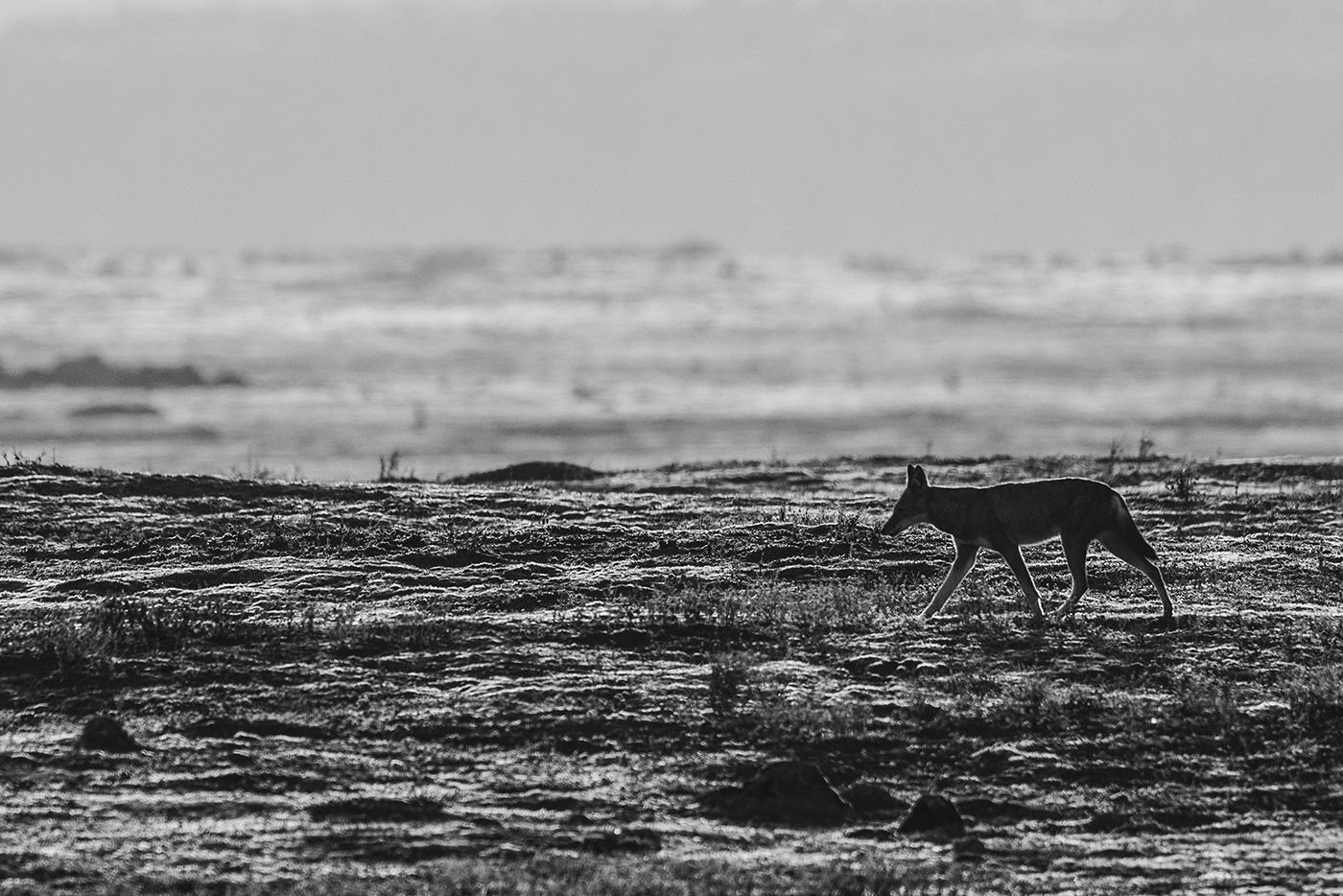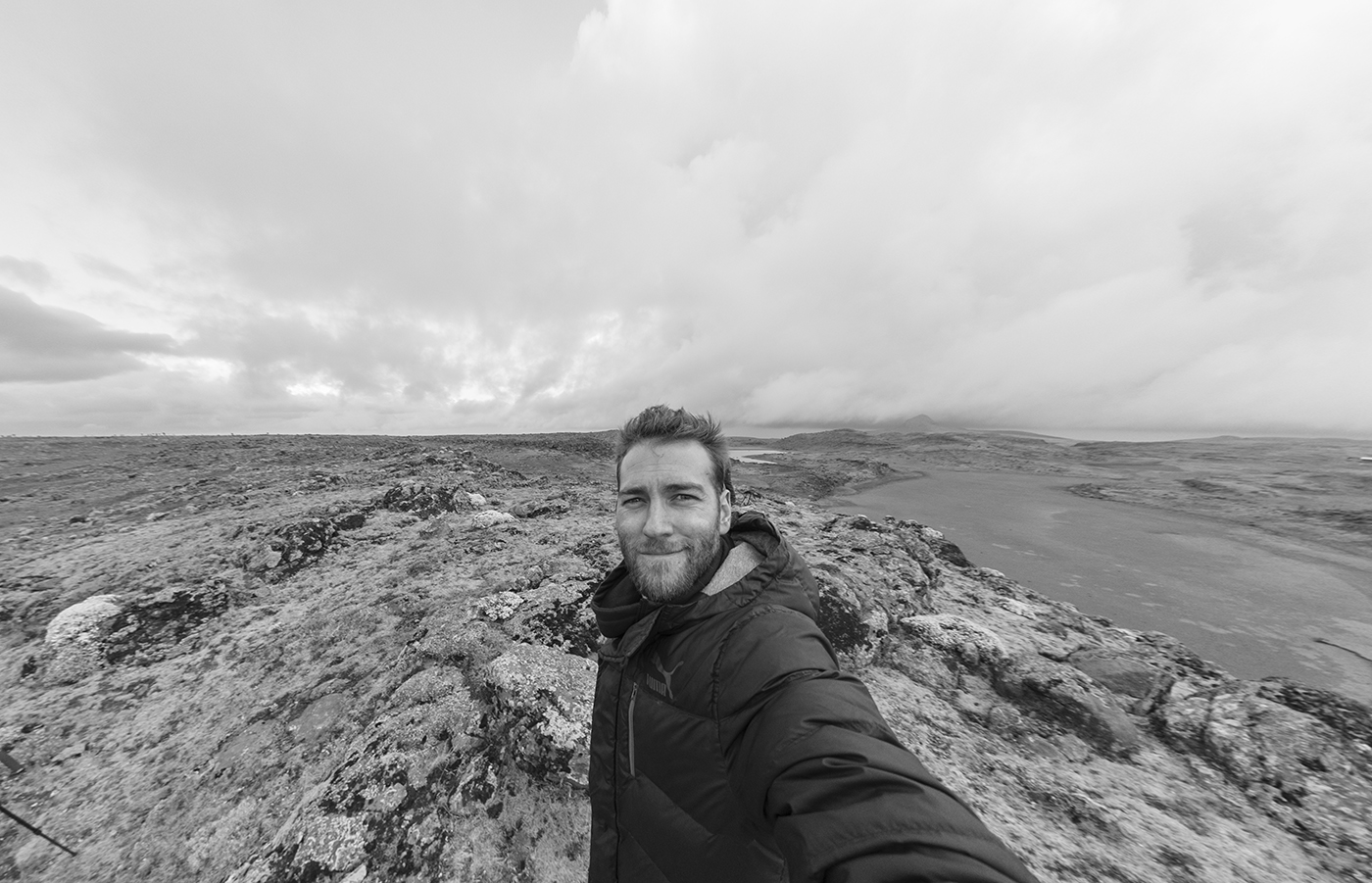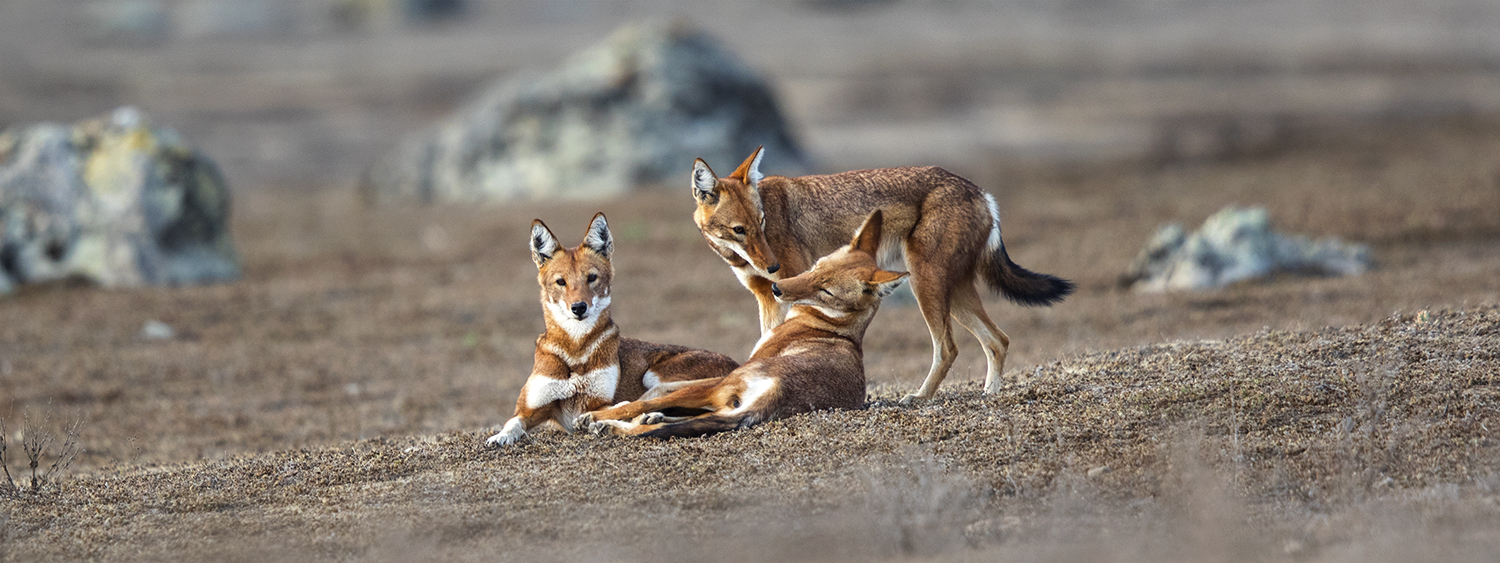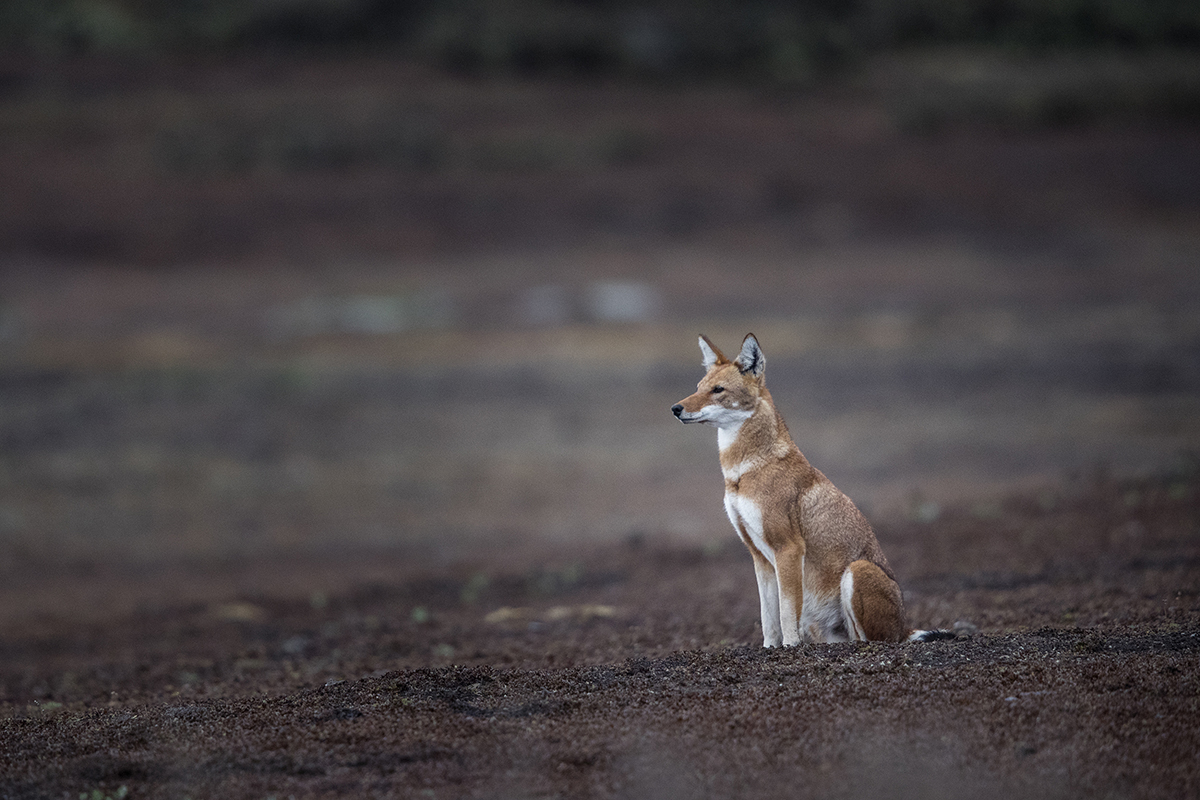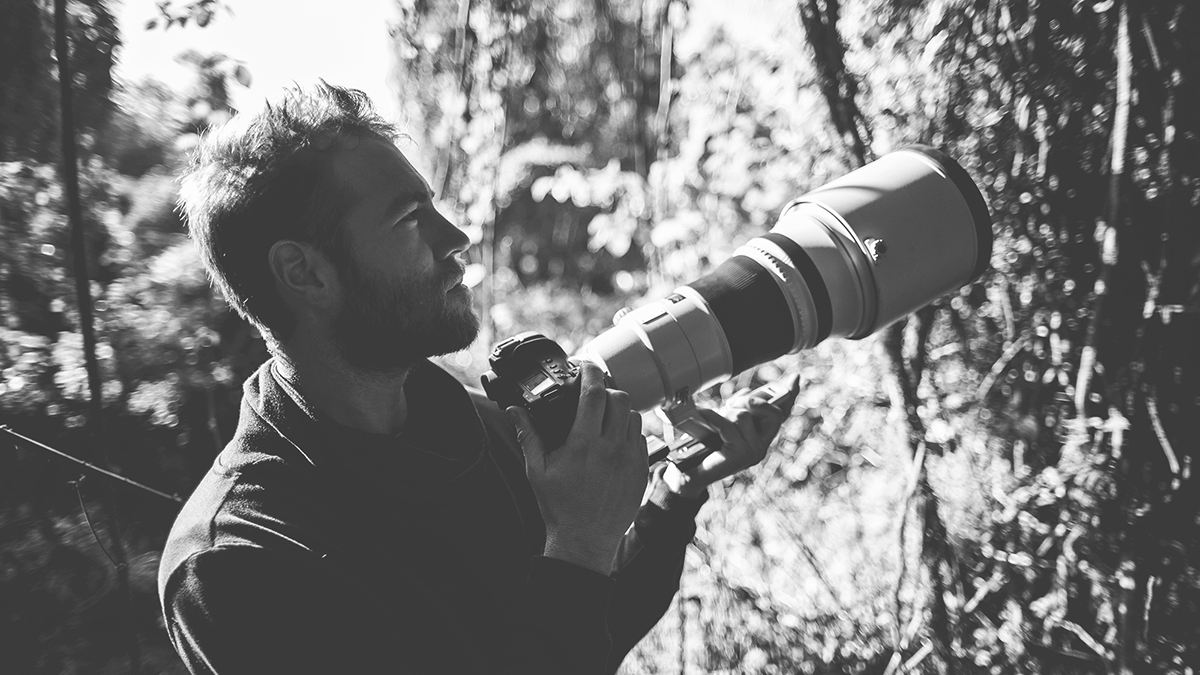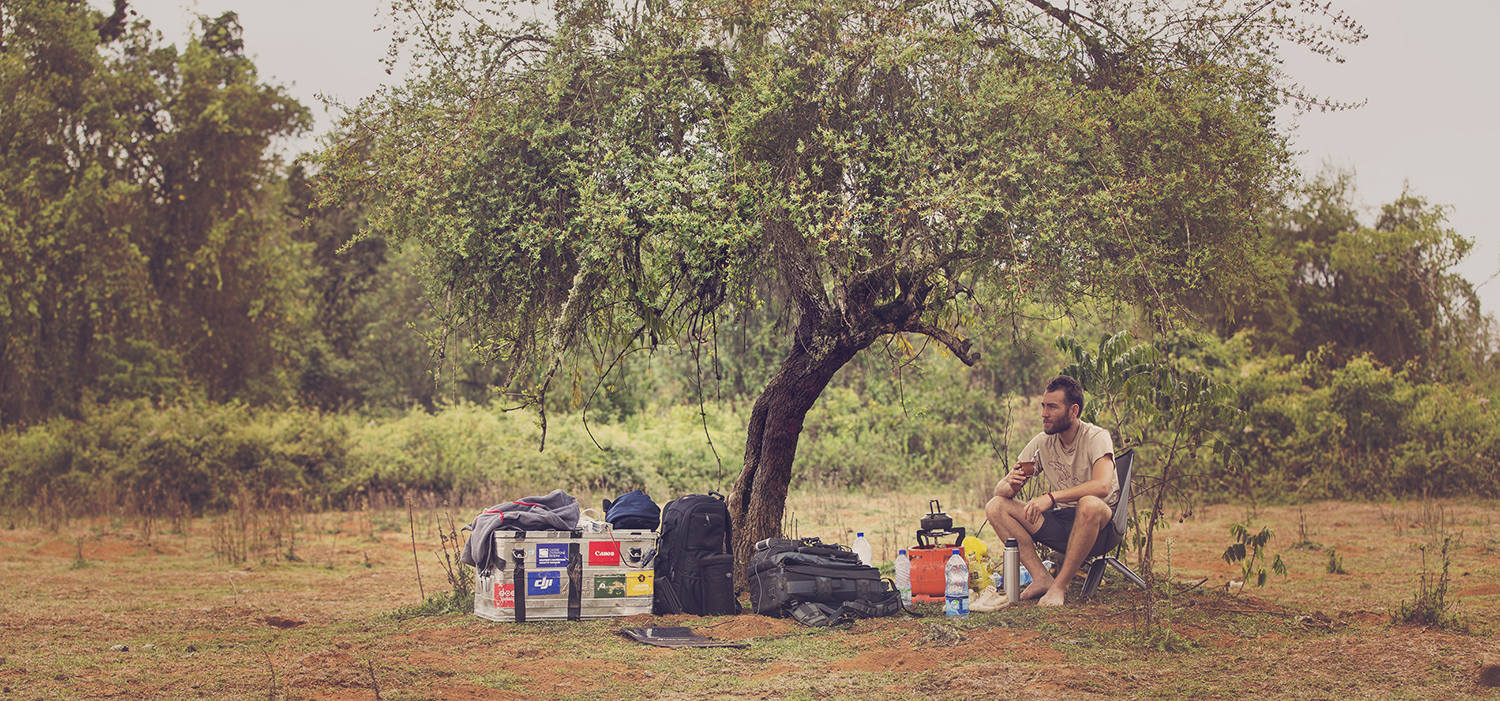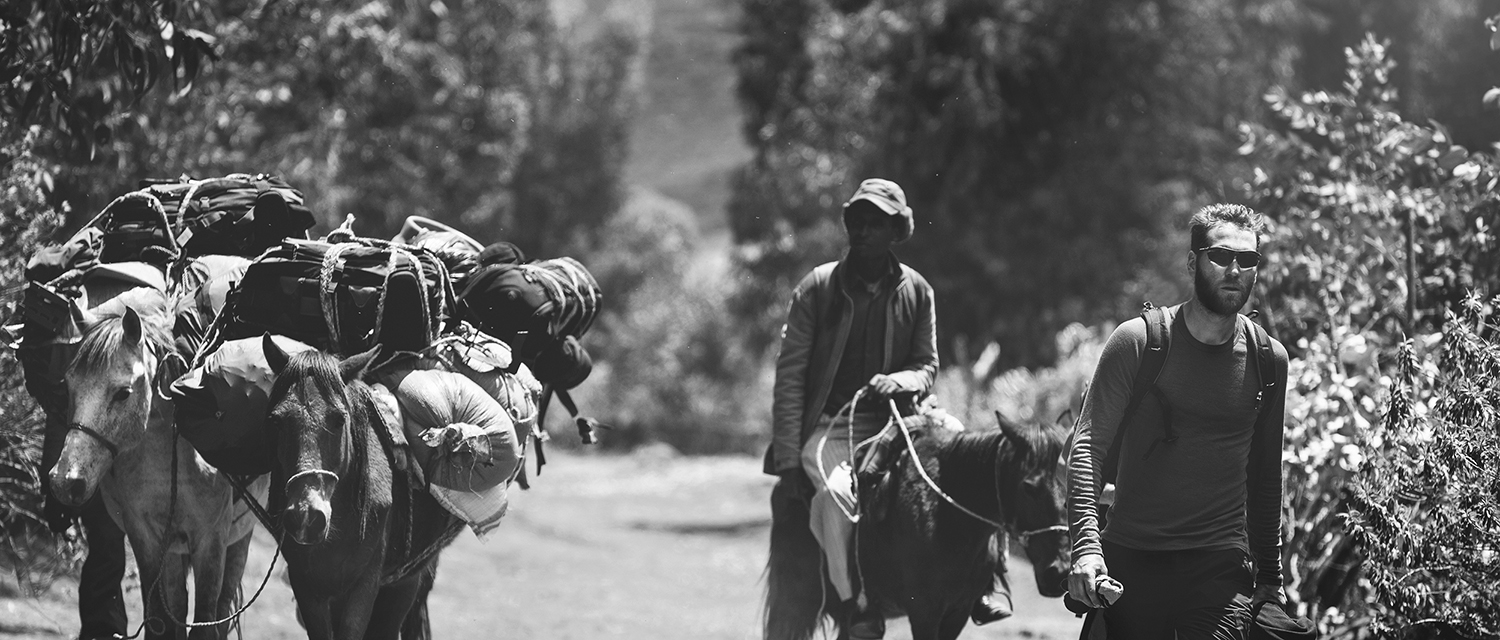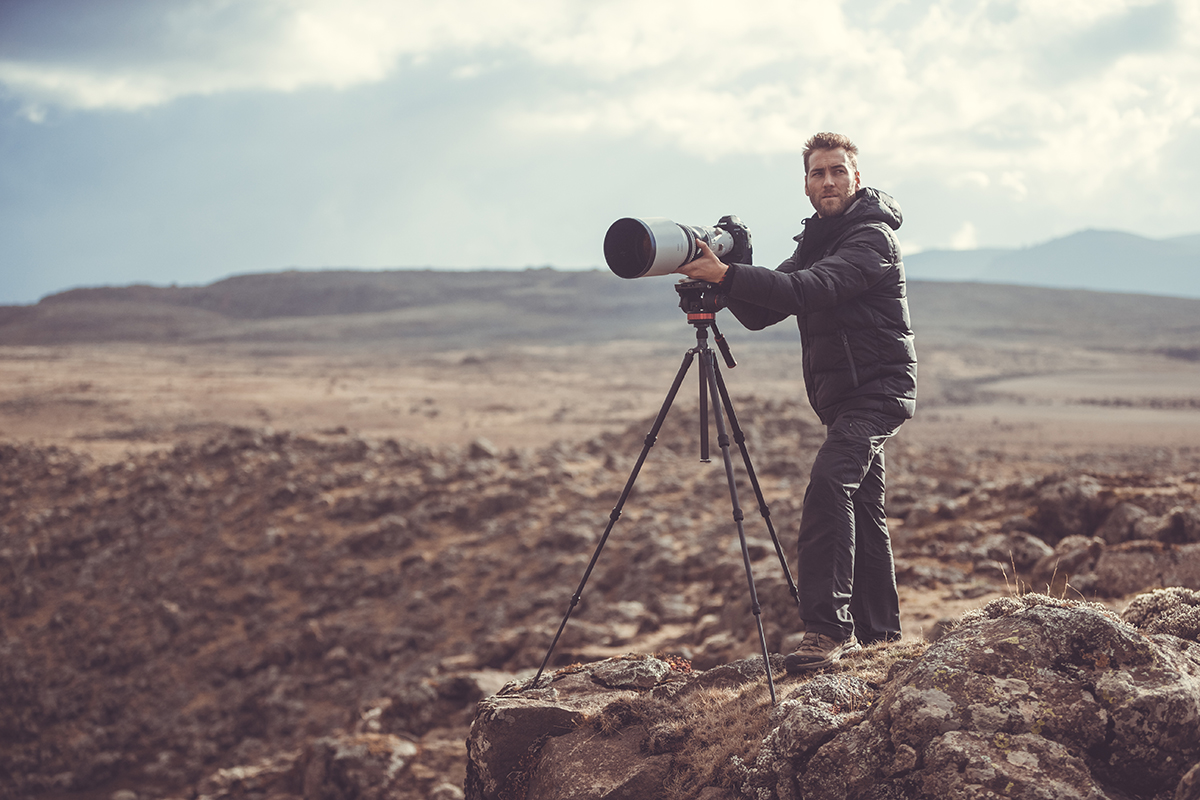The Last Survivor
The delicate balance of a wolf’s life. A documentary written and directed by Cédrik Strahm and Martin Ureta
Two filmmakers seek to evoke the problem of the delicate cohabitation between man and wildlife. From the forests of Europe to the Ethiopian highlands, their survey leads them to meet two divisive species: the common grey wolf – Canis lupus lupus and the Ethiopian wolf – Canis simensis the most endangered carnivore in Africa.
«Who’s afraid of the big bad wolf?» The popular song composed by Frank Churchill in 1933 for the Disney studios’s animated short film «The Three Little Pigs», was based on decades of superstition, negative and erroneous popular beliefs about the nature of a long misunderstood animal. While humans and wolves had been living in symbiosis for thousands of years, the exponential population growth of the human race, coupled with its sedentarisation and the intensive development of agriculture and livestock farming, buried the pact of non-aggression. The hunt for this «man-eater» led to its local extinction in the Occidental European population. In 1871 the last indigenous Swiss wolf was slaughtered in the canton of Ticino. It took almost 120 years before it was seen again in our territory. Its return, albeit not so much, has been a source of excitement, passion and deep divisions among the population until today and almost thirty years later.
It is in this climate of inextricable cohabitation that Cédrik Strahm and Martin Ureta, two Swiss filmmakers with a passion for wildlife, grew up. But how did we get here? What are the reasons why our ancestors were able to exterminate thousands of them, an animal that is reputed to be fierce and fearful of man? In the Mount Bale National Park on the Ethiopian highlands, the filmmakers take the viewer to the discovery of the Ethiopian wolf, the world’s most endangered canine animal. At the heart of a delicate geopolitical context, in a country with a significant demographic growth, their situation echoes that of the wolf of our regions. By going out to meet local populations in Switzerland and Ethiopia, they draw certain parallels, in order to better understand the stakes of a fight that seemed to be played out in advance.
Through an honest and authentic story, halfway between an immersive adventure and a field investigation, the protagonists portrait the situation of this emblematic animal. Based on concrete facts supported by scientific testimonies, they invite us to ask ourselves certain questions about this fragile promiscuity, which is nonetheless necessary for the balance of our respective ecosystems.
